Last week, at least eight lakh people along the east coast of India endured turbulent days. Strong winds and incessant rain inundated homes in Odisha and West Bengal. A bridge collapsed in Jharkhand. The “very severe” cyclone Yaas had made landfall. But, amidst this turmoil, residents living in proximity to Odisha’s Bhitarkanika National Park escaped the majority of the storm’s fury. They had a surprising saviour—a healthy mangrove cover. These unique forests that grow in saline coastal waters fragmented the force of the storm and soaked up some of its energy before it moved inland. Just days before the cyclone, residents of this area had claimed that they “were not worried” about cyclone Yaas, because they were confident that the dense mangrove cover would protect them.
However, this awareness of mangroves as a mitigation for cyclones has been slightly lopsided in India. “Historically, more cyclones have risen from the Bay of Bengal than the Arabian Sea. This has made residents living along mangrove forests and the [state] administration on the east coast confident about this forest system protecting them from cyclones. Contrarily, the west coast has not seen as many cyclones and also has less mangrove cover. In these areas, mangroves have thus received less focus as a cyclone mitigation measure,” shares B.C Chowdhury, Executive Trustee and Principal Investigator of Aquatic Projects at the Wildlife Trust of India (WTI). Of the approximately 5,000 square kilometers (sq km) of mangroves in the country, the west coast hosts a marginal 1,545 sq km of these forests.
This is despite research following the Super Cyclone of 1999, that hit the east coast heavily impacting Odisha. Research proved that villages in Odisha with wider mangroves between them and the coast “experienced significantly fewer deaths than ones with narrower or no mangroves”. Today, this causation has found more support in estimates that show that globally, mangroves can reduce the annual expected damages of tropical cyclones by $60 billion (USD) and also protect 14 million people.
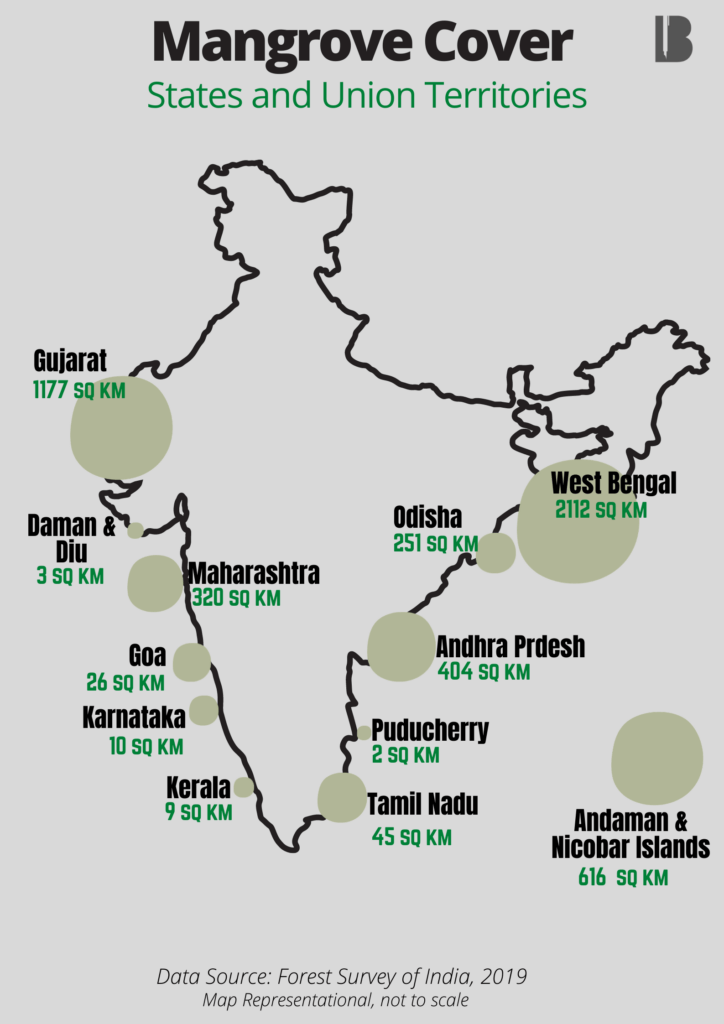
Coastal administration on the west coast too would benefit from revisiting the role of mangroves in cyclone mitigation. Climate experts warn that the Arabian Sea is getting warmer, and that it might catch up with Bay of Bengal’s cyclone frequency. It’s not surprising then, that in 2018, three cyclones originated in the Arabian Sea and five in 2019, a significant rise from the Sea’s previous average of one cyclone a year. Cyclones along the west coast, like the recent Tauktae, might not be few and far between anymore.
But first, why and how should mangrove protection arrive at the centre of cyclone mitigation plans on the west coast?
From Human Made to (Correct) Natural Barriers
In various versions of the same narrative, the National Disaster Management Authority, and its state-level counterparts in Kerala and Goa, acknowledge mangroves as protectors of coastal areas from storm surges.
But, this acknowledgement does not seem to go far beyond the written word. So far, constructing artificial protection barriers between water and land—like seawalls—to stop waves from hitting the shore have been the subjects of cyclone and flooding mitigation efforts. Kerala’s 550 kilometre coastline, for instance, is marked by 310 kilometres of seawalls. Goa, too, experimented with sea walls in 2008, which disintegrated in just five years due to intense wave current action. The coastal state then adopted tetrapods—a different concrete structure—in 2012, which by 2018 had started showing signs of disintegration too.
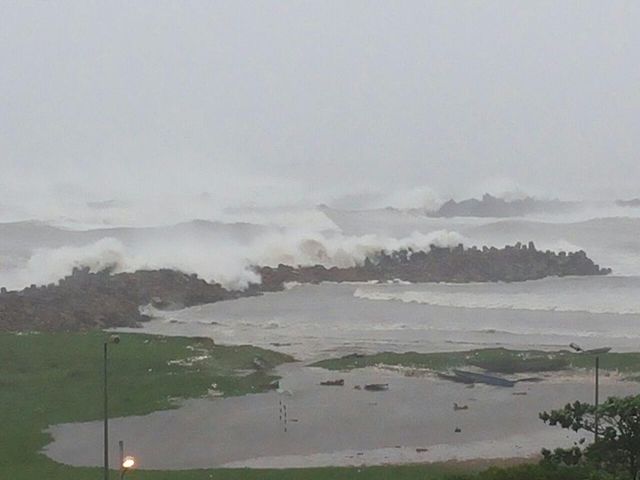
“In Goa, mangroves are primarily restricted to the estuaries and the brackish water ways of the state. Now, these alone will not save us from super cyclones,” says Dr. Aaron Savio Lobo, marine conservationist and member of the IUCN SSC Marine Conservation Committee. “Mangroves are just one asset among a diverse set of other unique natural coastal infrastructures. These include sand dunes which have naturally formed over the years, and large tracts of land [cultivated] under Khazan farming, which dates back centuries and also plays an important role as a climate buffer. While mangroves are protected, sand dunes are being degraded at an alarming rate because of wanton coastal development, which inturn causes losses in the capacity of these ecosystems to buffer against extreme events. Unlike sand dunes and mangroves, artificial barriers, whether concrete walls or tetrapods, take the full impact of the storm and waves and ultimately break down and need costly maintenance. Besides being more resilient, our natural barriers come free and need to be safeguarded. We have to design with nature, not against it.”
This resonates with warnings raised by international environmental groups, The Nature Conservancy and Wetlands International, since 2014. They claimed that “hard infrastructure” like seawalls might cause more problems than they solve: they can interrupt sediment flows and even exacerbate beach erosion. Instead, the groups suggest, wherever coastal defence relies on mangroves, the forests should be integrated into coastal engineering approaches.
But, in spite of this, Choudhury notes that, “anthropogenic structures have been more popular for cyclone mitigation. Moreover, the disaster management cells also resort to planting Casuarina [Casuarina equisetifolia] as shelter belts.”
This non-native species has been planted along the coasts of Karnataka and Kerala to shelter inland habitations from strong winds—a measure that first gained momentum along the east coast after the 1999 Super Cyclone and the 2004 Boxing Day tsunami. “But after cyclone Bulbul in 2019 that hit the east coast, a majority of the casuarina plants were uprooted. A majority of mangroves, on the other hand, were left standing,” says Choudhury. A 2009 study also found this choice of plantation to have “potentially negative impacts” on Olive Ridley turtle nesting—the study found more nests in open and vegetated beaches, than in those interspersed with casuarina. These findings are in strong contrast to the haven of rich biodiversity that mangrove forests support: fish, shrimps, and crabs spawn and breed here, and local communities depend on these ecosystems for their livelihoods. Other ecological services of mangroves include regulating salt water intrusion and carbon sequestration.
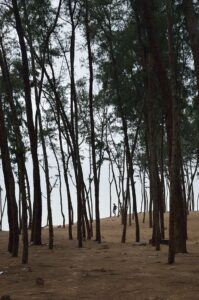
“In the cyclone prone districts of Gujarat, the Forest Department has been planting casuarina trees with enthusiasm,” says G.A. Thivakaran, Chief Principal Scientist in Coastal and Marine Biology at the Gujarat Institute of Desert Ecology (GUIDE). “But, dense, healthy mangroves are better natural shields for storm surges.” At 1,177 sq km, Gujarat has the largest expanse of mangroves on the west coast, with 68% of these located in the Gulf of Kutch alone. However, the “dense and healthy” mangroves which Thivakaran supports are, unfortunately, missing from Gujarat’s coasts. “Unlike the mangroves in West Bengal’s Sunderbans, the ones in Gujarat are sparse and thin due to a lack of tidal action for natural regeneration, and the clearing of mangroves for development activities,” Thivakaran comments. This state of affairs also reflects in the Forest Survey of India categorisation of Gujarat’s mangroves as “moderately dense” and “open mangroves.”
In response, the Gujarat Ecology Commission—a body appointed by the Gujarat Government to address the ecological issues of the state—and the Forest Department have been focusing on raising new mangrove plantations. But, this blind push to increase forest cover is fraught with challenges, which end up being counterproductive to larger cyclone mitigation efforts too.
The Blindspots of Mangroves Afforestation
Across the west coast, developing new mangrove plantations has, unfortunately, become synonymous with raising monocultures. “Rhizophora mucronata is a popular mangrove species that forest departments plant because it grows fast, has a better survival rate, and becomes quite lush, thereby fitting well into the green cover calculations that the country aims for,” says Sajan John, who heads all marine projects at WTI, and works extensively on Kerala’s mangroves. “But, such monocultures do not generate the many ecosystem services that mixed mangrove forests can provide.” Growing a single species of mangroves does not allow for intricate interdependencies between diverse species of fish, shrimp, crabs, and birds. “Monoculture mangrove plantations are also less resilient in the face of storms and cyclones,” adds GUIDE’s Thivakaran.
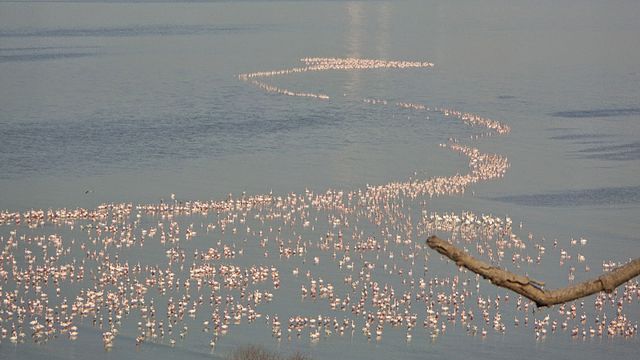
Where planting newer mangroves calls for a deeply scientific methodology, experts interviewed for this piece unanimously agreed on a different priority for their management. “The focus needs to be on restoring degraded mangroves,” says John.
Restore First, Afforest Later
In a part of Kerala’s small 9 sq km patch of mangroves, John leads WTI’s Kannur Kandal (Malayalam for ‘Mangroves’) Project to do just that. In partnership with Apollo Tyres, this project ensures the survival of existing mangroves and gradually increases their acreage.
“New plantations along the length of the coast alone will not protect us from cyclonic winds. Increasing their width [between the water and land] is more important to address the reducing density of the mangroves and brace the first impact [of cyclones],” shared John.
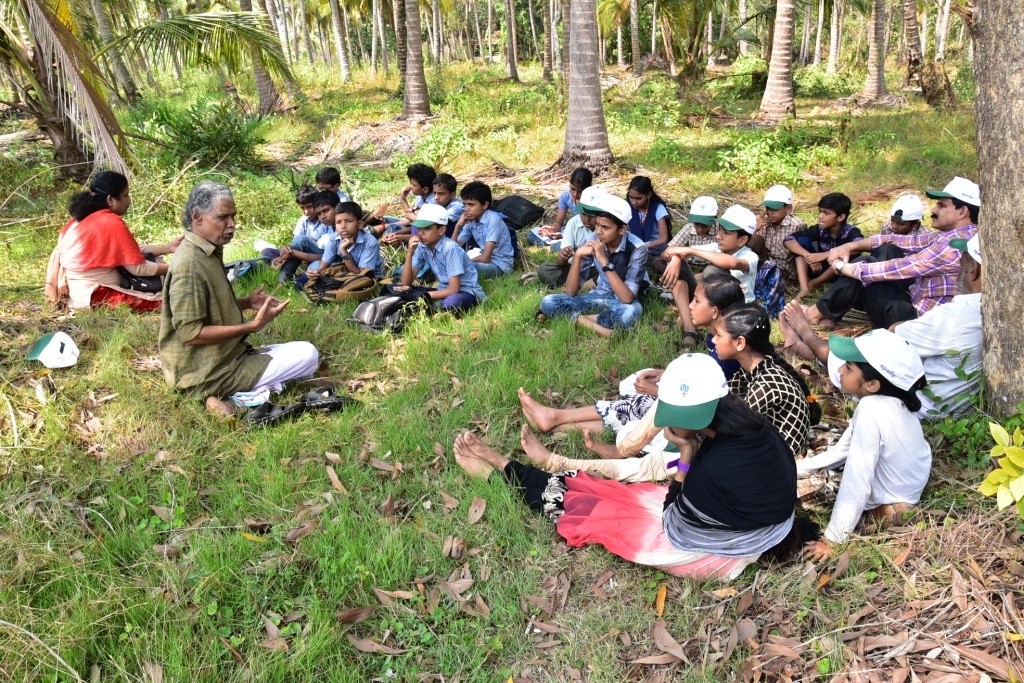
Many factors are responsible for the reducing density of these natural barriers in Kerala. 90% of the state’s miniscule patch of mangroves is under private ownership and is often converted for other uses in agriculture, aquaculture, coconut plantations, and real estate development. This isn’t the case just in Kerala—the entire west coast has fewer mangrove patches because of its geomorphology. The slopes of the Western Ghats inundate straight into the ocean, characterising this coast as one with more slopes, leaving behind only a little of the flat land required for mangroves to thrive in. The east coast, on the other hand, drains seven major river tributaries into the Bay of Bengal, leaving behind large areas of flat lands perfect for developing a dense and healthy mangrove cover. So, with limited land to grow new plantations, restoring degraded ones makes better sense.
In Karnataka’s Kundapura in Udupi district, Mathayes Desa has been creating awareness about the degraded state of mangroves in his coastal hometown. “People throw away garbage and bottles in the mangroves. Large tracts have also been cleared for prawn culture here. At a small scale now, I create awareness about the importance of mangroves amongst the communities here, and take people to visit the forests.” That India classifies these unique ecosystems as “wastelands” also seems to reflect in communities’ and administration’s perceptions of their utility.
Desa has been developing half an acre of private forest for the past five years, “for the birds,” he says. He has a watchtower for birdwatching, and a personal boat to row into the mangroves. “These mangroves have been neglected not only by the administration, but also by the locals here which has led to such degradation. They need to be protected; no human-made structure will be able to protect us from any storms in the future,” Desa adds.
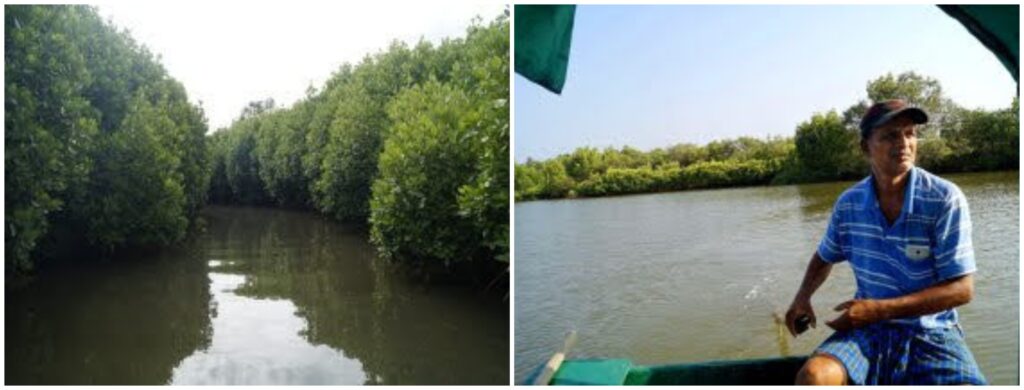
So far, the little attention that mangroves in India have received have been in conservation circles, and that too, within the challenges of incorrect site selection, raising monocultures, and planting new mangroves. As these forests gain more attention, a parallel recognition of their role as frontline respondents of seaward cyclones would ramp up the focus that these ecosystems need, and also make a country with a long coastline better prepared for upcoming cyclones.
Featured image courtesy of Sajan John.


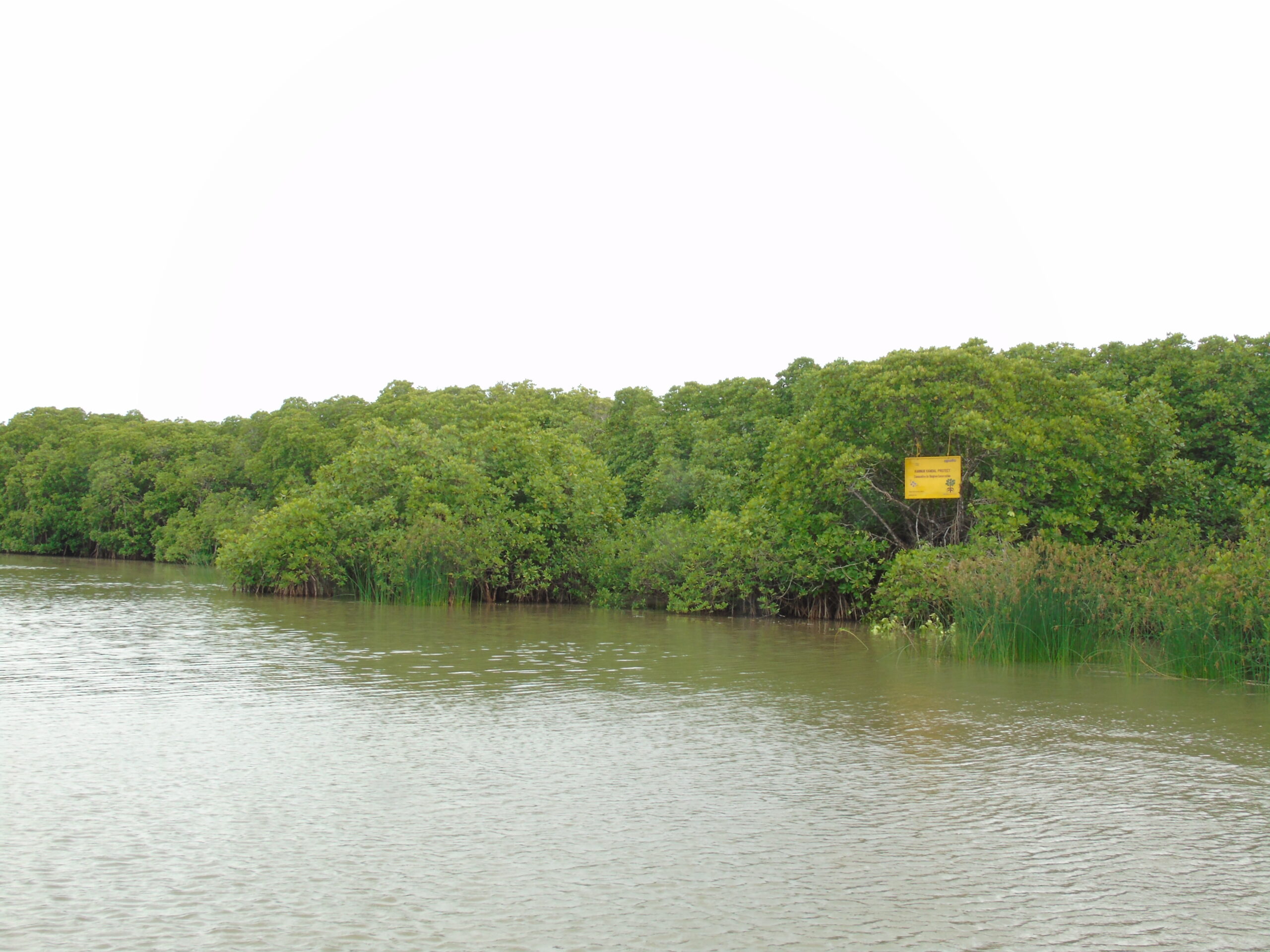




[…] on May 26, 2024 by desaadmin Mangroves, The Neglected Primary Responders For Tropical Storms Posted in News & Media Tagged Conservation, DM Desa, Mangroves, Nature Post navigation […]